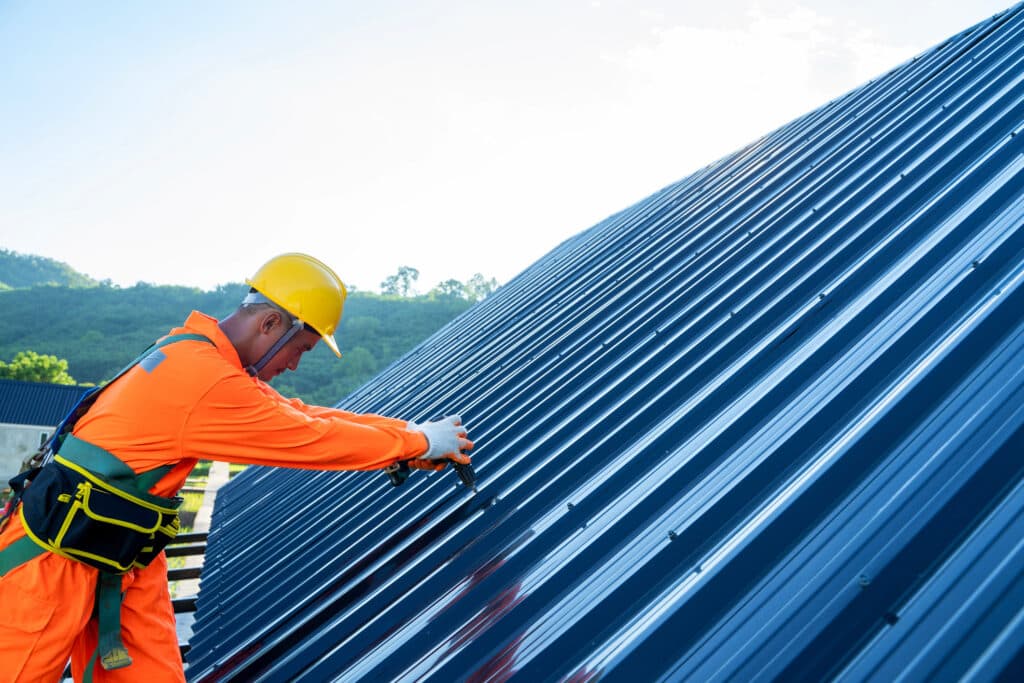When a hurricane strikes in Augusta, Georgia, the devastation can wreak havoc in many ways. Forceful winds, for example, can seriously damage trees by breaking or ripping off limbs or blowing them down entirely. Sometimes, it can be difficult to assess tree damage after a hurricane. Obviously, you'll need to remove a tree that's been downed altogether, but what about a tree that's damaged but still standing?
Knowing how to assess the extent of damage to a tree after a hurricane can help you understand whether it needs to be removed or simply trimmed and pruned. Here are the top reasons to remove a tree after a hurricane.
The Tree Is Leaning
Some trees grow with a natural lean because of their species or environment, and these trees aren't necessarily a risk. However, if a tree in your yard has a new lean following a hurricane, it's a good idea to have it assessed. If the tree poses a danger of falling on your home, vehicle, or other structure on the property, you'll most likely want to have it removed. In some cases, bracing or cabling the tree could save it, but this depends on the extent of the damage and how much the tree leans once the storm passes.
Any time a tree is leaning in a way that causes a concern for safety, you should consult a professional about removing it. This can prevent the tree from causing serious or harmful damage when a future hurricane or severe storm hits in Augusta.
The Tree Roots Are Exposed
A tree's roots can become exposed for a variety of reasons, and often, it's not a reason to remove the tree. Water might wash away the soil at the base of the tree, or the roots may show above the soil because they need more room to grow. While you should attend to these issues, they don't always mean you need to remove your tree. If a storm has exposed the roots of your tree, you may have to consider removing it. This is especially true if the roots are exposed from wind damage that has also caused excessive leaning.
The Tree Trunk Is Split
Often, tree branches split and break in high winds from a hurricane. Usually, properly removing the branches and letting the tree heal on its own is enough, and you won't have to remove it. A split tree trunk is another story. While you may be able to repair a small split in the tree's trunk, any significant splitting poses a danger.
Most trees won't recover after a major split in the trunk, especially if they're missing bark as well. A split trunk makes a tree susceptible to disease and decay, which can lead to rot that weakens the tree. So you'll likely want to remove the tree if its trunk is badly split to avoid issues it can potentially cause in the future.
The Tree Lost Large Limbs or Its Crown
Trees are hearty and can survive many severe conditions. Unfortunately, if a tree loses large limbs or a significant portion of its crown, it can devastate it. Pruning and trimming small and medium branches on a tree after a hurricane can keep it in good shape, but any large limb loss can leave a tree vulnerable and weak.
If a tree loses more than 50% of its crown, it's unlikely to recover, and you'll need to remove it so it doesn't create a safety hazard. Also, a tree that loses a large amount of foliage during a hurricane may not recover, so removing it may be the right move.
The Tree Is in a Dangerous Location
When you have a tree in a dangerous location, a hurricane could make you consider removing it. For instance, if the tree is close to your home, an outbuilding, or power lines, it might be best to remove it before it causes a serious issue. Even if the tree is healthy, a big storm with high winds could break limbs or cause the tree to fall in a way that damages your property extensively. If the tree could fall in a neighbor's yard, into the street, or on your fence, you might want to remove it preemptively.
The Tree Fell
Although trees are strong and can typically weather a storm undamaged, they can also get blown over completely. Sometimes a tree may be rotting or decaying from the inside, and you just don't realize it, or perhaps the tree was old and dying. Either way, when a tree falls on your property after a hurricane, you'll want to have it removed. A downed tree will attract unwanted critters, such as snakes, spiders, and rodents that you don't want near your home. Fallen trees are also unsightly and take away from the curb appeal of your home.
Hire a Professional To Remove a Tree After a Hurricane
Removing a tree from your property after a hurricane is a big job. It's usually ideal to hire a professional to remove the tree because they have the proper equipment and training to remove the tree safely and efficiently. Unless you have experience with tree removal, hire a professional to take care of the task. A tree removal service can also help you assess the condition of your tree if you're unsure of whether to remove it, leave it alone, or trim and prune it back to health. Leave tree removal to the experts for the best results.
Understanding the top signs that let you know when to remove a tree after a hurricane can help you make the tough decision about removing a damaged tree on your property. When you know how to handle a damaged tree, you can take steps that keep your property safe following storm damage. If you're still not sure about the condition of a tree on your property, contact a professional arborist to ask for help or advice.


